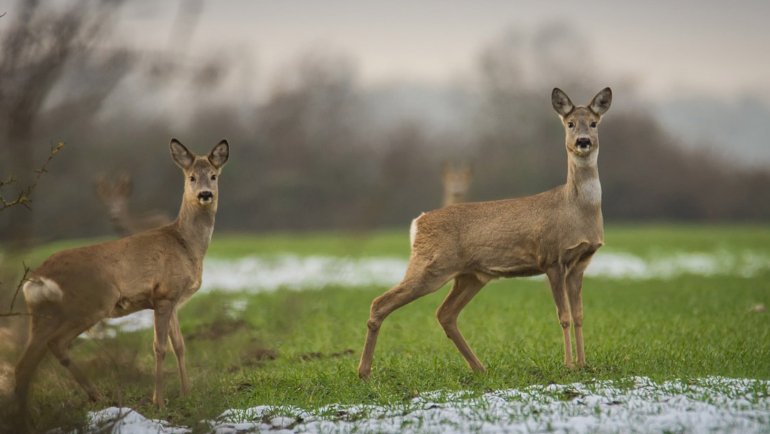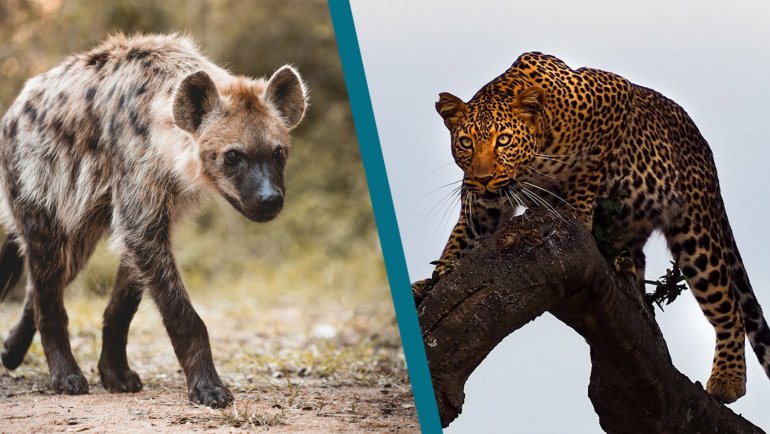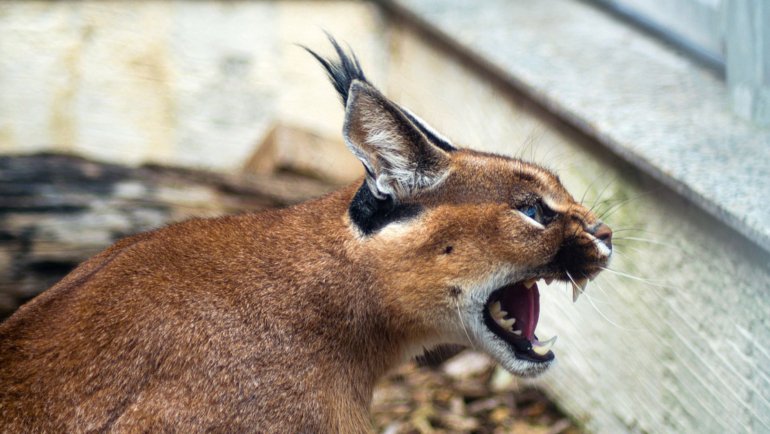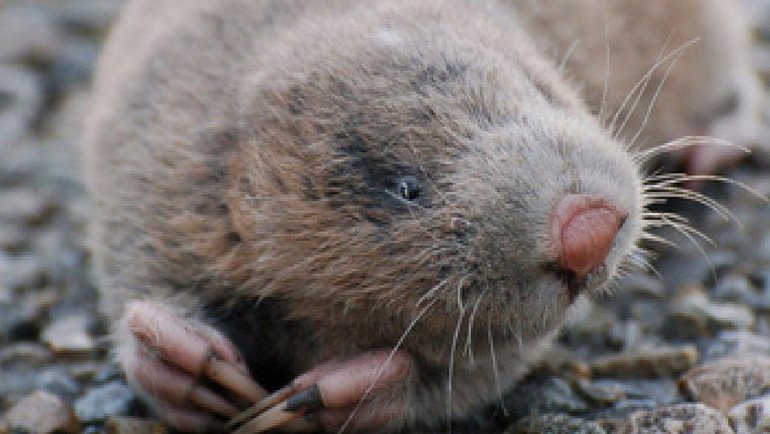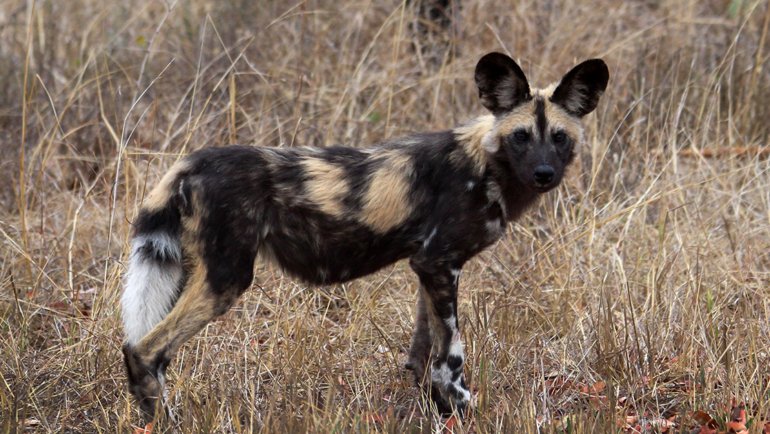Mountain lions, majestic and elusive creatures, roam the wilderness of the Americas, thriving in diverse habitats from forests to mountainous regions. Among their most captivating features are their eyes, especially their ability to see in the dark, making them formidable predators under the cloak of night.
This article delves into the world of mountain lions, focusing on the unique adaptations of their eyes that empower them to navigate and hunt in low-light conditions.
Understanding how mountain lion eyes work at night is not just a subject of biological curiosity; it holds significant importance for people living in or near mountain lion habitats, as well as for outdoor enthusiasts and wildlife observers.
Grasping the mechanisms behind their nocturnal vision can enhance our appreciation of these animals, promote coexistence, and ensure safer interactions between humans and mountain lions.
The Science Behind The Mountain Lion’s Night Vision
Mountain lions, also known as cougars or pumas, belong to the Felidae family, and like their feline relatives, they possess a range of adaptations that contribute to their exceptional night vision.
The structure of their eyes is a masterpiece of evolutionary design, allowing them to see clearly in conditions that would leave humans virtually blind.
The Anatomy of a Mountain Lion’s Eye
The eye of a mountain lion is large relative to its skull size, a characteristic commonly seen in nocturnal animals. This larger size allows for more light to enter the eye, which is crucial in low-light settings.
The eye’s lens is also uniquely adapted to focus more light onto the retina, the layer of tissue at the back of the eye that senses light and sends signals to the brain.
The Role of Rods and Cones
The retina is made up of two types of photoreceptor cells: rods and cones. Rods are responsible for vision in low light, while cones manage color vision and detail in brighter settings.
Mountain lions have a higher proportion of rods in their retinas compared to humans, enhancing their ability to see in the dark.

Adaptations for Low Light
In addition to these structural features, mountain lions have a special layer behind the retina called the tapetum lucidum, which reflects light that passes through the retina back into their eyes, effectively giving them a second chance to see it.
This layer is what causes their eyes to glow in the dark when illuminated, a phenomenon we will explore in more detail in the following sections.
Reflective Eyes: Tapetum Lucidum
Mountain lions, like many nocturnal animals, possess a remarkable structure in their eyes known as the tapetum lucidum. This thin layer of cells is located behind the retina and plays a crucial role in enhancing their night vision.
The tapetum lucidum acts as a mirror, reflecting light that passes through the retina back into the eye. This process increases the amount of light available to the photoreceptors, improving the animal’s ability to see in low-light conditions.
The reflective nature of the tapetum lucidum is also what causes mountain lion eyes to appear to glow in the dark when illuminated by a light source, such as a flashlight or camera flash.
This phenomenon, known as eyeshine, is a distinctive feature of many nocturnal creatures and serves as a fascinating aspect of their biology.
While the tapetum lucidum enhances night vision, it can also cause a slight reduction in the sharpness of the image formed on the retina. However, for mountain lions and other predators that rely on their ability to hunt and navigate in the dark, the trade-off is well worth the advantage provided by improved night vision.
What Color Are Mountain Lion Eyes at Night?
A common question about mountain lion eyeshine is regarding its color. The color of the eyeshine varies depending on the angle of the light and the specific composition of the tapetum lucidum. In mountain lions, the eyeshine usually appears green, yellow, or red.
The specific color of the eyeshine can be influenced by factors such as the age of the animal, its health, and the exact composition of the tapetum lucidum.
It’s also important to note that the color of the eyeshine alone is not sufficient to definitively identify an animal in the wild, as different species can have similar eyeshine colors.
Identifying Mountain Lions by Their Eyes at Night
Identifying animals in the dark can be a challenging task, but understanding the characteristics of mountain lion eyeshine can provide helpful clues.
When illuminated by light, a mountain lion’s eyes typically reflect a bright yellow, green, or red color. However, it is crucial to remember that other animals also have eyeshines, and colors can vary. To safely identify a mountain lion at night:
- Look at the Size and Height: Mountain lions are large animals, and their eyes will be set higher off the ground than smaller creatures.
- Observe the Distance Between the Eyes: A mountain lion’s eyes are set relatively close together, compared to prey animals like deer.
- Note the Behavior: Mountain lions are solitary and may behave more stealthily than other animals.
It’s important to maintain a safe distance and not attempt to approach the animal. Identification should be done from a safe distance using binoculars or a long-range camera lens.
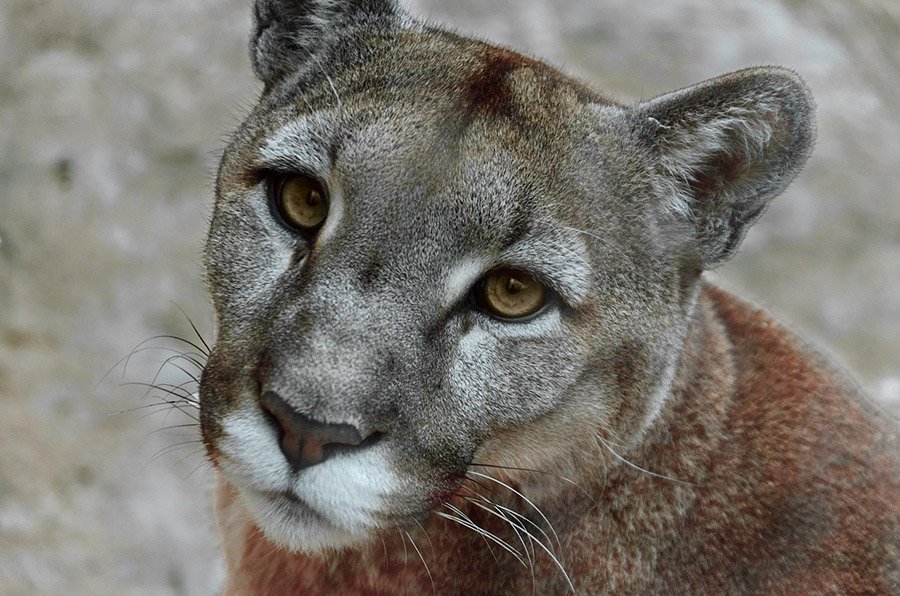
Safety and Responsible Behavior Around Mountain Lions
If you do encounter a mountain lion at night:
- Do Not Run: Running can trigger a chase response. Instead, stand tall, make yourself look bigger, and speak loudly.
- Maintain Eye Contact: Do not turn your back. Maintain eye contact and slowly back away.
- Be Prepared: Carry bear spray and know how to use it.
Ensuring your safety in mountain lion habitats also means being responsible and respectful of their space. Avoid hiking or camping alone at dawn, dusk, or night when mountain lions are most active, and keep pets on a leash.
Frequently Asked Questions
Can you always see a mountain lion’s eyes at night?
No, the eyeshine is only visible when light hits their eyes at the right angle.
What should I do if I see a mountain lion at night?
Maintain eye contact, make yourself appear larger, speak loudly, and slowly back away. Do not run.
Are mountain lions the only animals with eyeshines?
No, many nocturnal animals have eyeshine due to the tapetum lucidum in their eyes.
Can the color of a mountain lion’s eyeshine help me identify its age or health?
While there can be variations in eyeshine color, it is not a reliable indicator of age or health.
Understanding mountain lion behavior, especially at night, is crucial for both our safety and the conservation of these incredible predators. By respecting their space and knowing how to react in an encounter, we contribute to the peaceful coexistence between humans and mountain lions.
